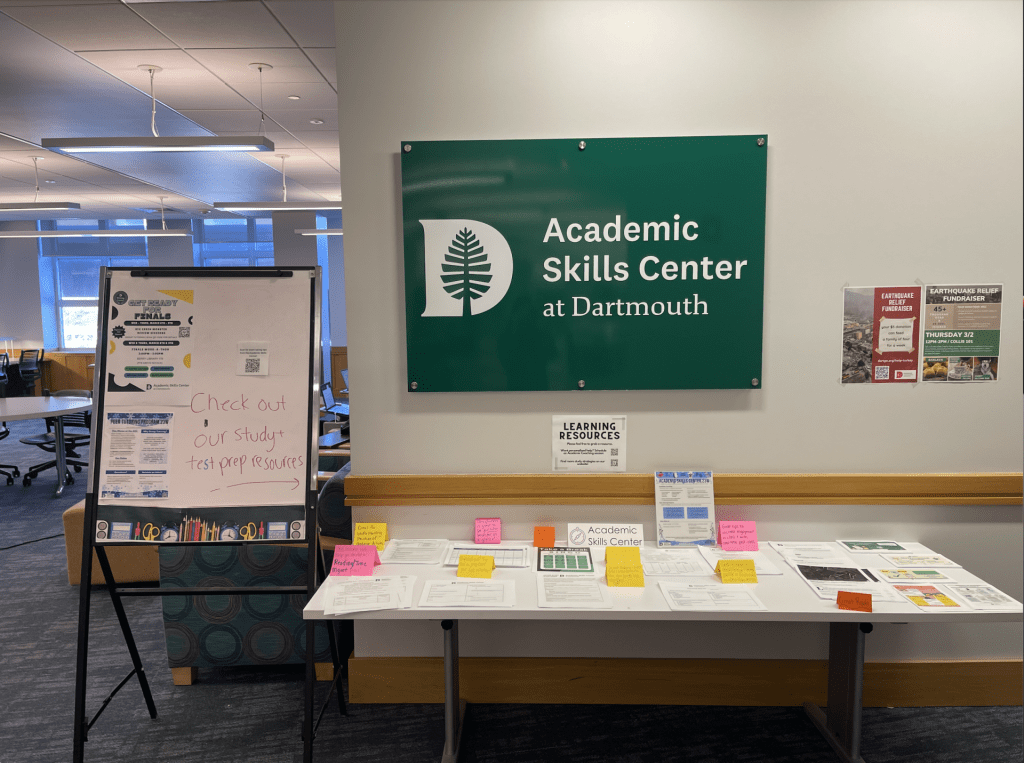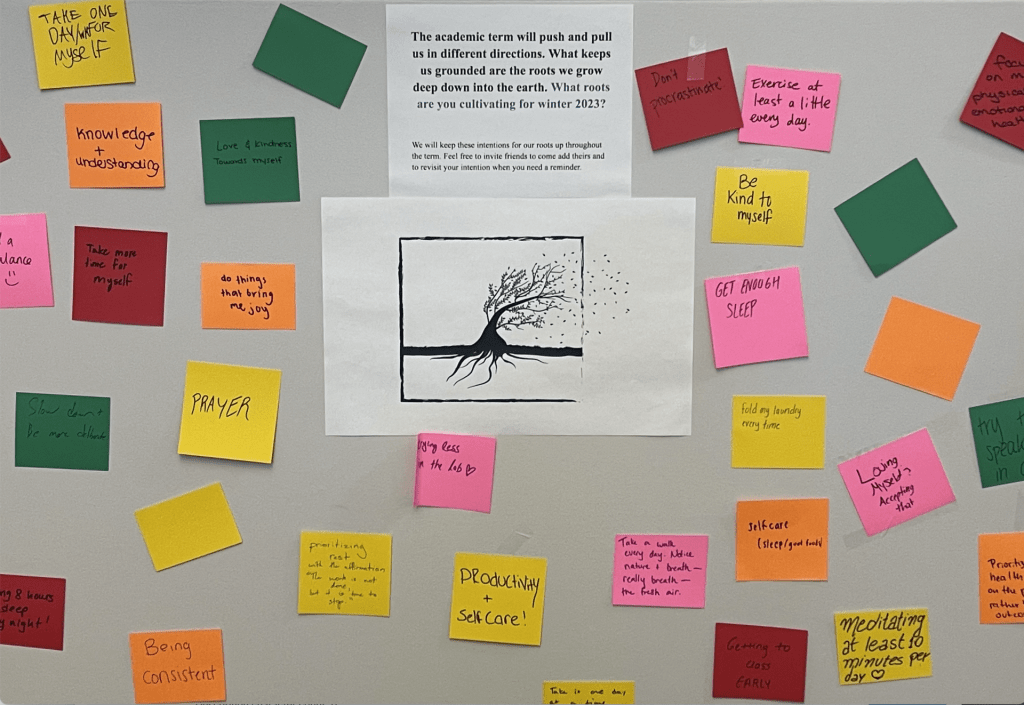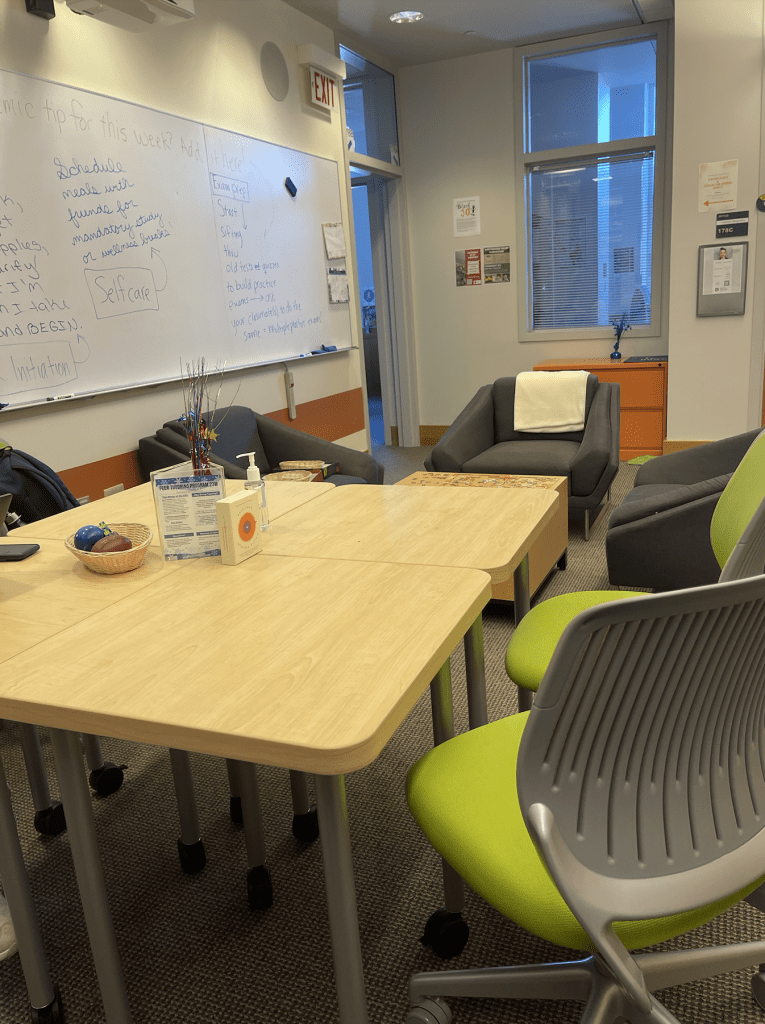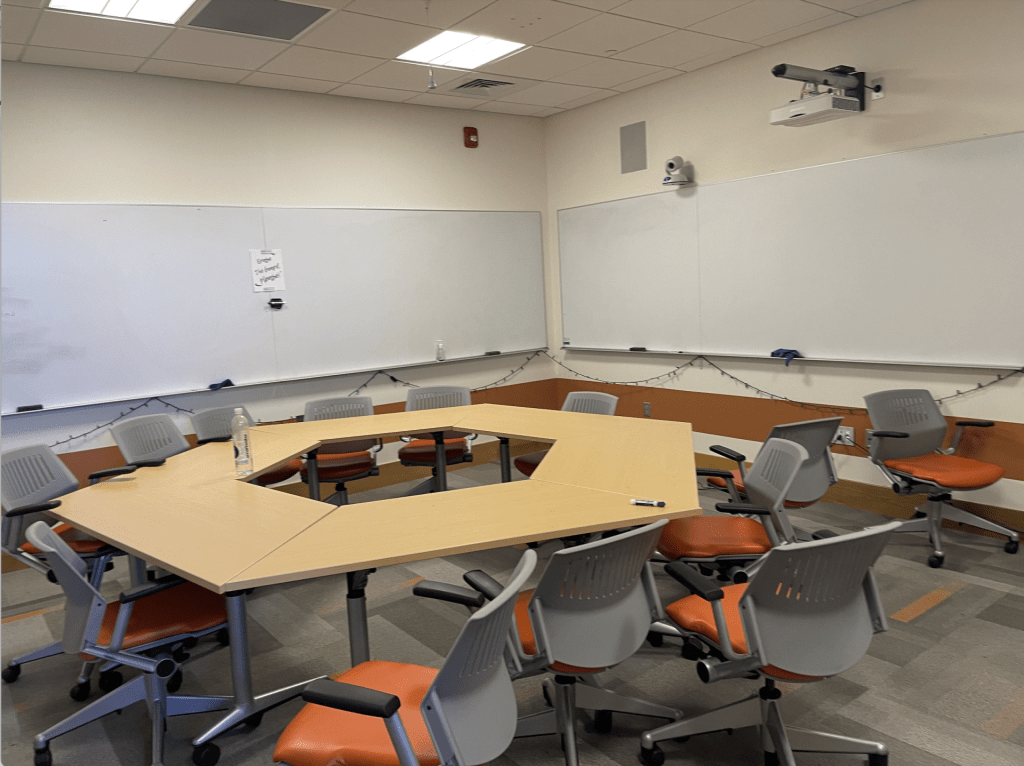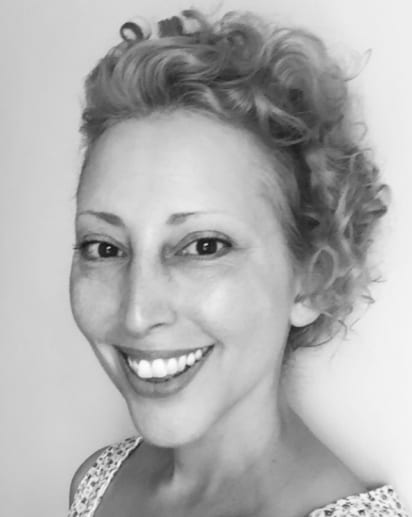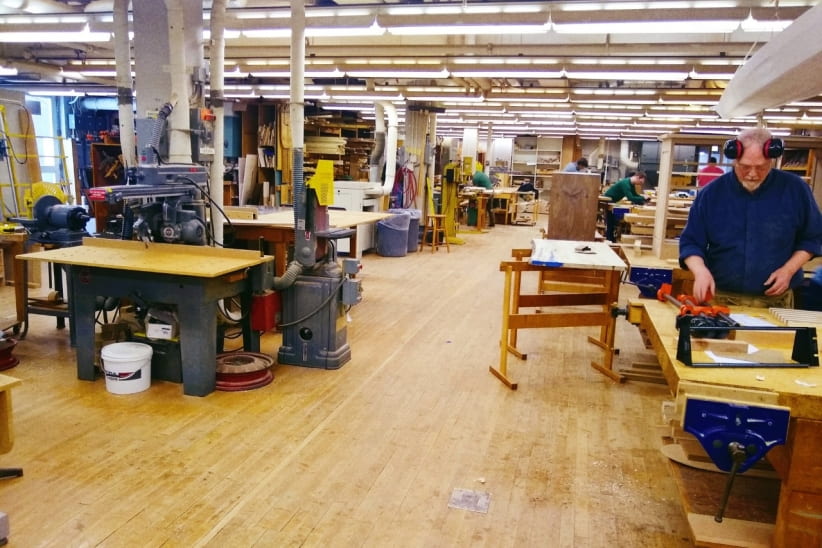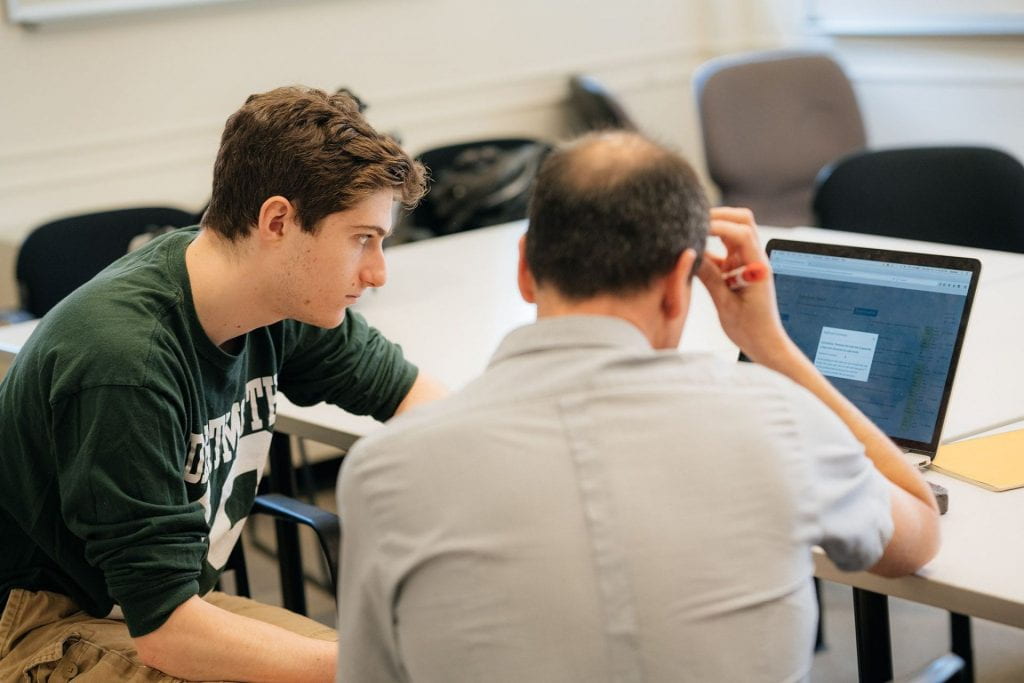Let’s talk about time management! In this blog post, I’ll discuss time management tools and resources that the ASC offers, and I’ll talk about how to use them.

- Termly Planner: This planner is the best when you have extensive academic commitments or assignments that are harder to keep track of in your head (e.g. four classes, a thesis, assignments that aren’t due on the same day every week).
Suggested Use: At the beginning of the term, go through your syllabi, find all assignment due dates and exam dates, and put them into the planner. Personally, I find that this planner works well in conjunction with another. For example, I visited this planner on Sunday each week, and in my bullet journal (which I use as a weekly planner), I wrote every assignment that was due in the coming week as well as its due date. I would cross off each assignment in the bullet journal as I completed them.

- Test Prep Plan Sheet: This planner is for the 6 days prior to a test. It offers you a space to break down your comfort level with various material that the test will cover, then suggests a timeline for you to study material that you don’t understand, sort of understand, and know well. It also provides a space to write out the exam methods (meaning the types of questions), resources available to you, and questions you have on the material!
Suggested Use: I would start using this 7 days before the exam to create a study plan. Fill out the first page on day one. Use the “Materials Covered on Exam” section to get a sense of what course materials (e.g. powerpoints vs. homework problems) would be most helpful to review. When you fill out the “Available Resources” section, make note of what time your resources are available to you (when are office hours? When are tutoring sessions?). Use the “Exam Methods” section to determine how you should be learning material. For example, if the test is short answer, come up with short answer questions and quiz yourself. Write down questions that you have as they come up, and make a plan to get help from an available resource.
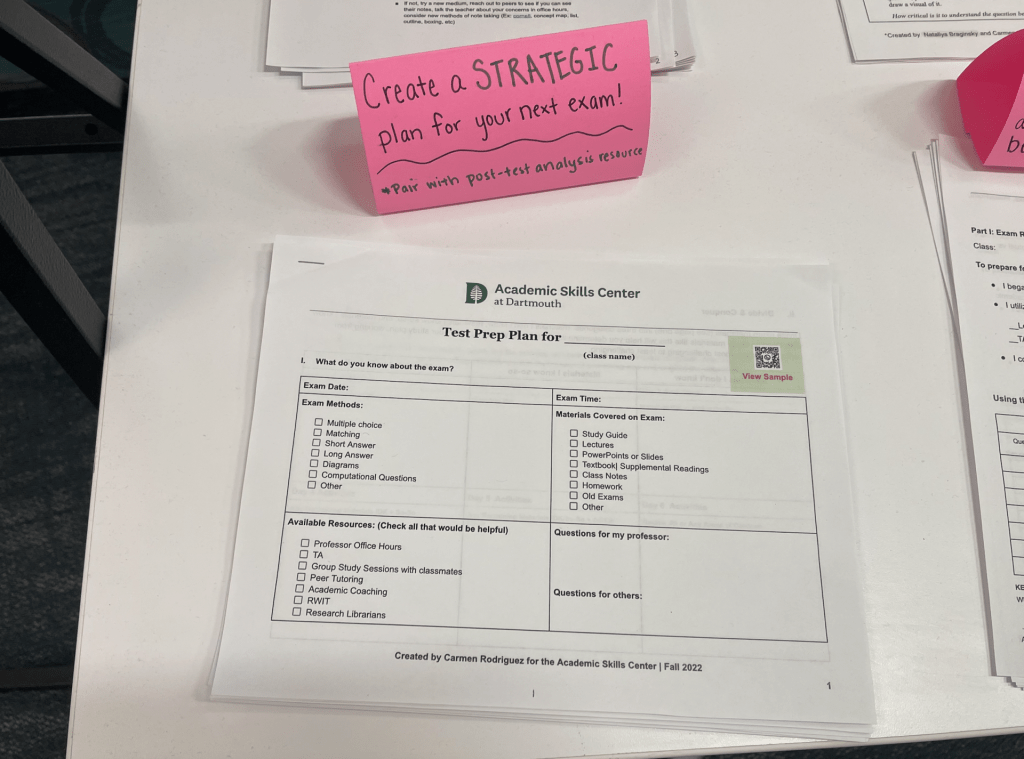
- Estimate Reading Pace Worksheet: This sheet is for you to find out how long it takes you to read and digest different types of texts: easy (e.g. a newspaper), challenging (e.g. a textbook), and difficult (e.g. a scholarly journal article).
Suggested Use: Once you’ve filled out the sheet, and you know how long it takes you to read a page of easy, challenging, or difficult text, you will have the knowledge you need to block out time in your schedule to do your readings. For example, if you have to read a ten-page journal article for class, and you know it takes you five minutes per page, allocate fifty minutes in your schedule to do the reading. If you are like me, and your attention span is 25 minutes long, I would schedule in 55 minutes, so that there is time for a five-minute break in between reading pages 5 and 6.

- Why You Procrastinate: Find a QuickNotes version of this article outside our office, Berry 178! It explains why we procrastinate and offers suggestions to help us pivot from procrastinating actions to task initiation.
Suggested Use: Having trouble sticking to your test prep study plan? Getting bored while doing your readings? Making plans to do work is something we’re all more than capable of, but sometimes, we need help carrying out our plans. When you feel like procrastinating, refer to the action steps suggested in our quick notes to help you stay on task and make the most of your time!

If you want to learn more about time management, please visit our website! If you would like more personalized help, please sign up for an academic coaching session!

